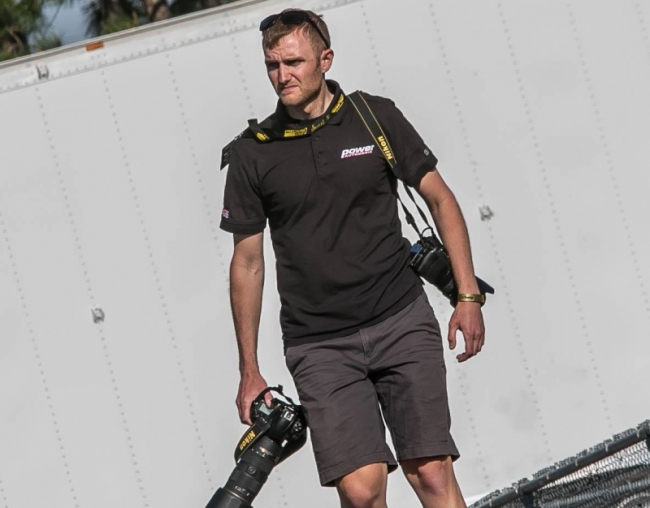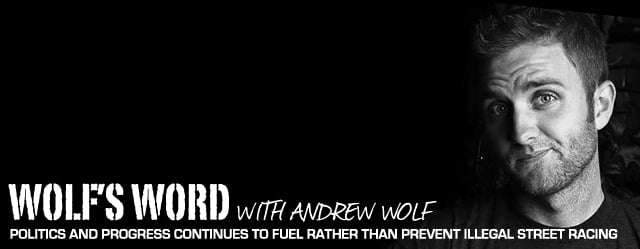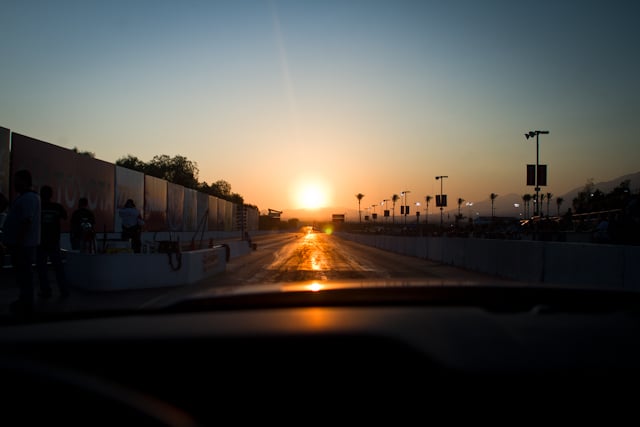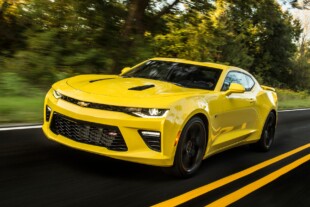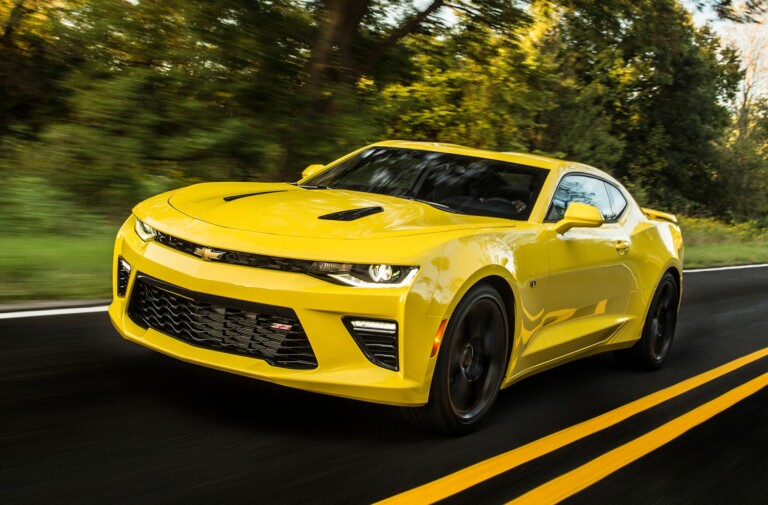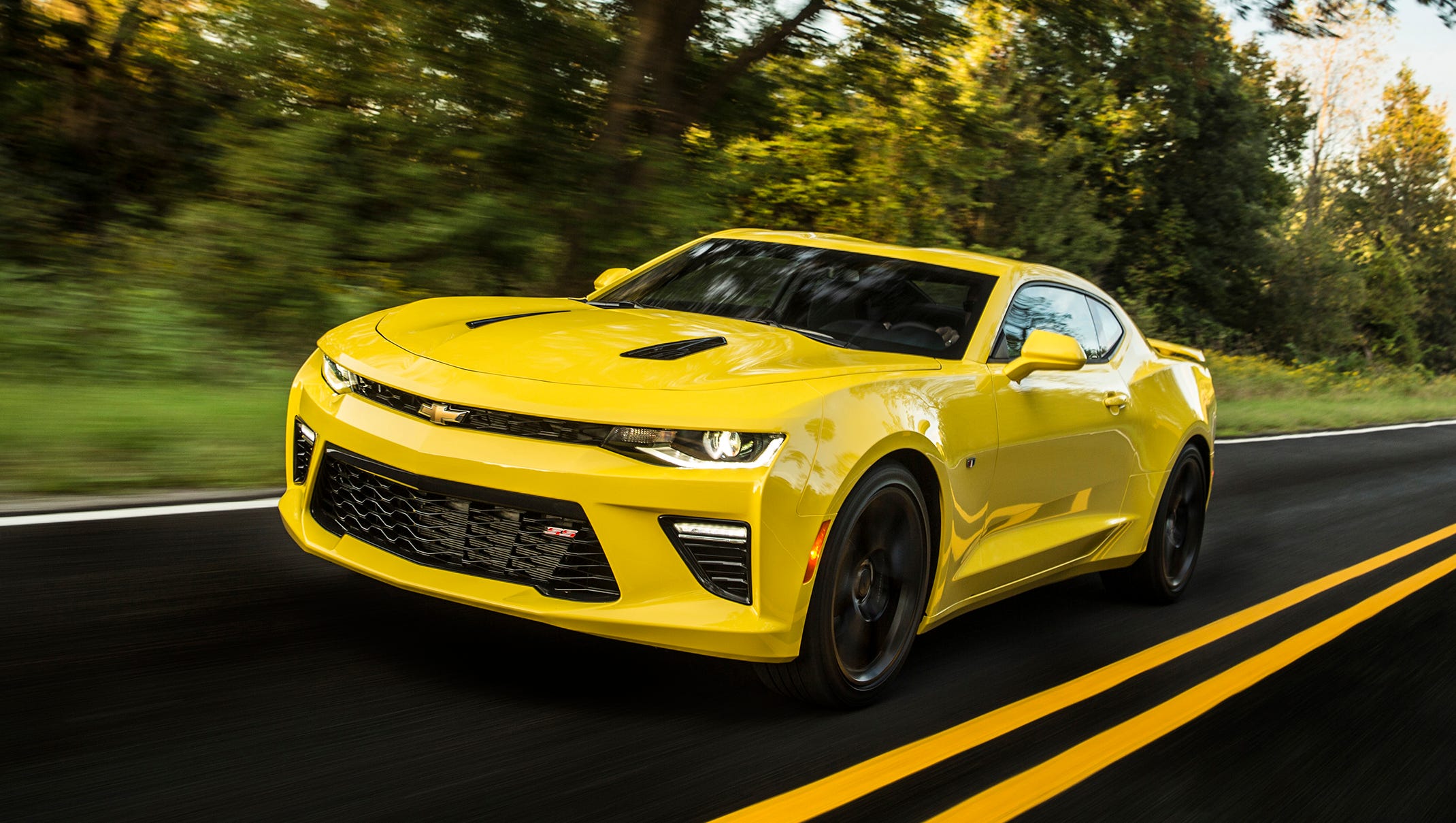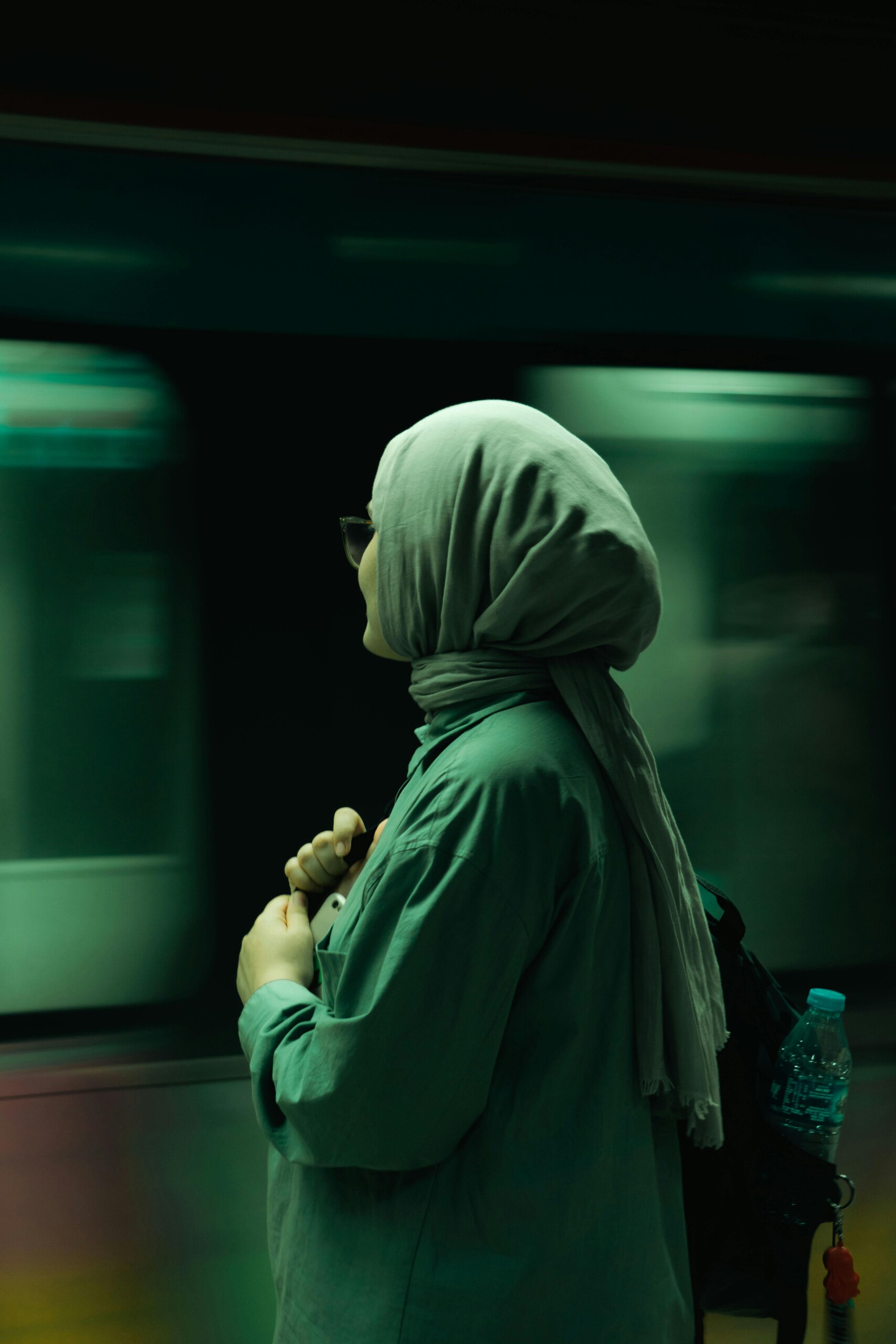If there were ever a sticky subject in the drag racing community, it’s illegal street racing, and it’s a subject that politics is fueling rather than preventing.
There’s such a thing as “smart street racers and “stupid street racers.” This statement isn’t mean to condone what’s being done, but the former at the very least use the mental wherewithal to take their activities to a location where no one will get hurt but themselves. Then you have the street racers who use their heads for nothing but a hat rack and kill innocent men, women, and children to get their racing jollies on busy streets and intersections. In the wake of these tragic deaths, the term “drag racing” is thrown around by the news media, giving a black eye to the sport from which it’s hard to recover.
A number of heads-up racers, particularly those in the street legal drag racing and small-tire doorslammers arenas, are in fact reformed street racers themselves, proving that there is a better, smarter, safer alternative.
The nearest closed course to them is fifty miles away and they have to pay an entry fee to race.
In the midst of documenting one of the late night races amongst a pair of machines from the LA County area, the narrator shares with viewers the reason why these “racers” take their business to the streets rather than the track. The reason? The nearest closed course to them is fifty miles away and they have to pay an entry fee to race.
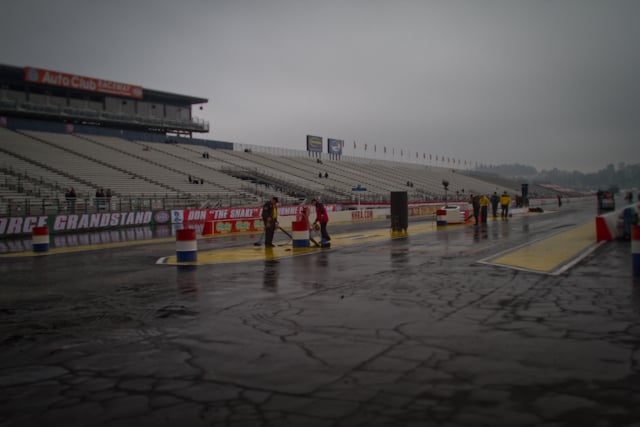
The fabled Pomona Raceway, once a haven for young hot rodders, is now only allowed to operate for racing activities twice a year: for the NHRA Winternationals and World Finals. For that, you can thank bitchy neighbors and city officials intolerant of organized drag racing.
Things sure have changed, haven’t they?
Six decades ago, beginning in Southern California and sweeping across the nation, dragstrips were built and air strips were leased by car clubs and local city governments as city and police leaders teamed with young gearheads in spearheading efforts to get hot rodders off the streets. Fast forward six decades and these very same police forces are only concerned with catching and reprimanding street racers rather than the proactive approach of providing them an alternative.
The Southern California region has seen their once vibrant drag racing world shrink at an alarming rate over the past 25-30 years, all in the name of progress and politics. But mostly politics.
When street racers have nowhere else to go, they’ll do what’s convenient, and local governments seem hellbent on making street racing pretty damn convenient.
Rumors of Irwindale’s revival under new ownership and imminent re-opening of Fontana are making the rounds, but even still, the number of organized and legal closed courses in an area spanning thousands of square miles and comprising more than 22 million people is nothing but a drop in the barrel. If you want to race in this region, your only options are the 1/8-mile Barona Dragstrip and Bakersfield – each more than two hours to the north and south, respectively, from the Los Angeles metro area.
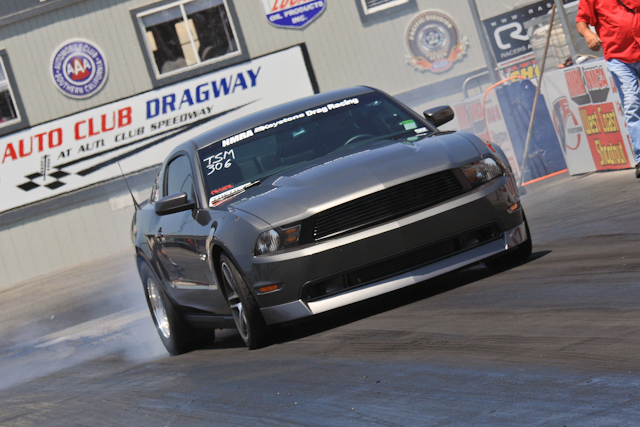
This isn’t a problem just confined to Los Angeles, but all across the country. Politicians with an agenda are pushing out existing tracks and putting the kibosh on the plans for new facilities. Then they find themselves with a street racing problem where innocent people are placed at risk. The practice of illegal street racing is unsafe and unlawful, but it’s a reality that’s going to happen and government officials aren’t doing themselves any favors by simply policing it and hoping it will go away.
Just like smoking dope, unless the law takes extreme measures against offenders, street racing will never just go away. It’s too convenient. But history shows that young people having a legitimate, affordable, and local place to take their cars off the street takes a bite out of the amount of dangerous races being performed. Last season, when rumors swirled of Fontana’s closure, the message boards lit up with locals chattering about how much more populous the street racing scene in the area would become if the only track around closed up.
When street racers have nowhere else to go, they’ll do what’s convenient, and local governments seem hellbent on making street racing pretty damn convenient. I mean, what do they really expect to happen?


